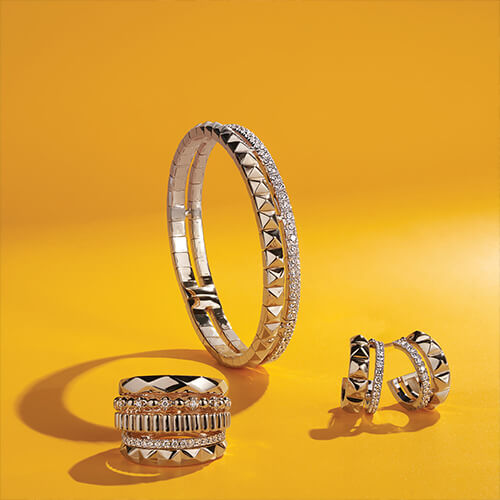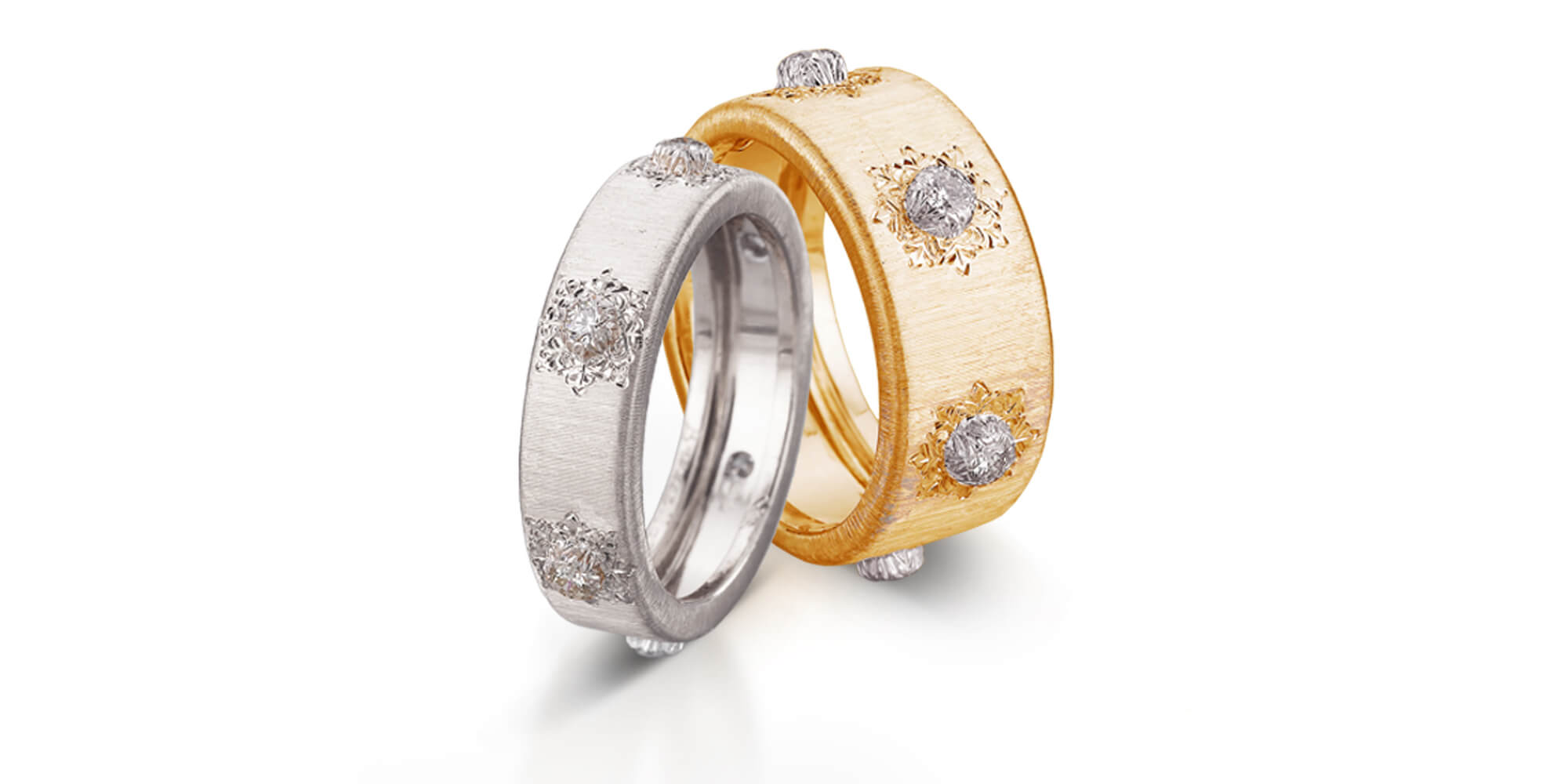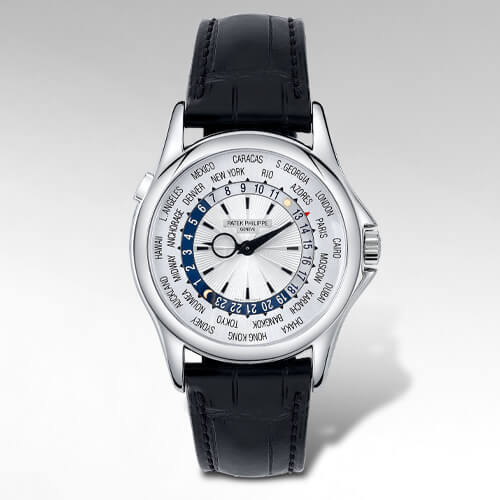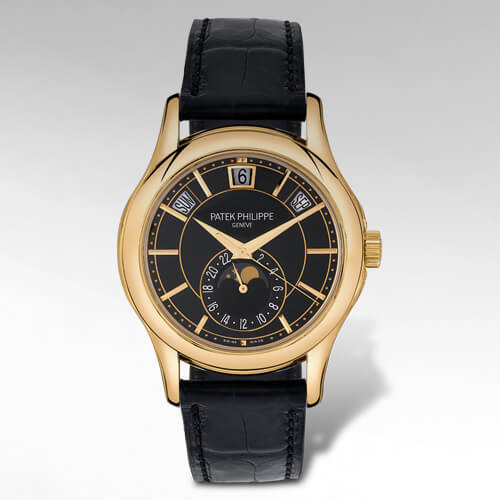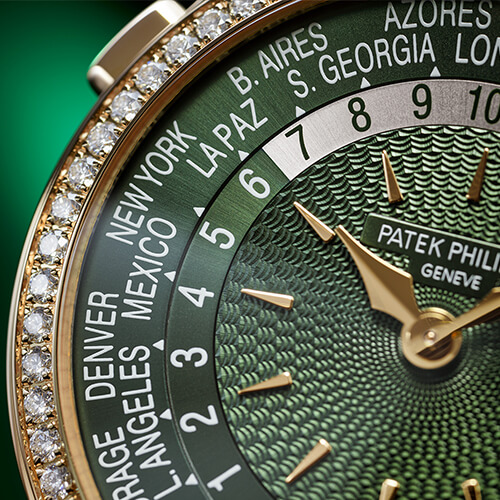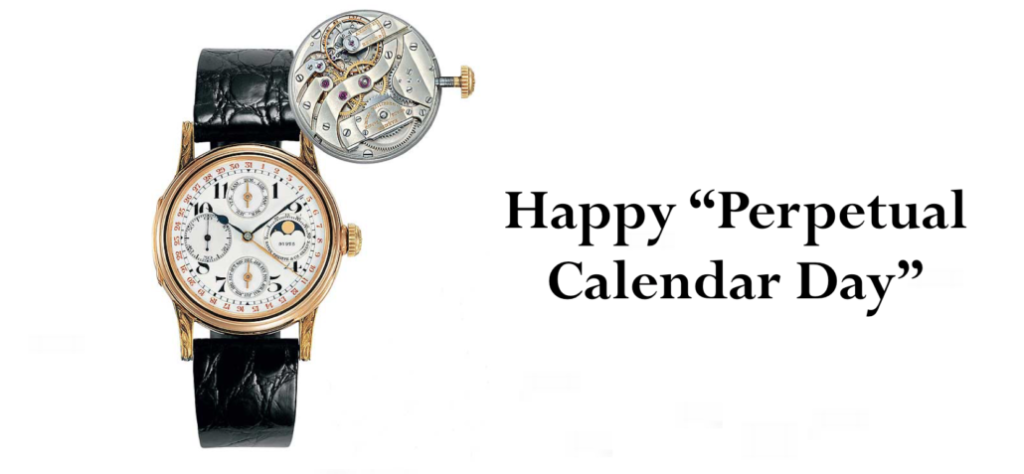Blog, News & Events
Happy “Perpetual Calendar Day”
Today is known to some as “Leap Day” and to others as “Perpetual Calendar Day!” In honor of “Perpetual Calendar Day,” a complication seen in several timepieces at deBoulle, let’s take a look back at this fascinating piece of horlogerie.
First, a quick look at the Perpetual Calendar… A perpetual calendar is an accurate depiction of the Gregorian Calendar. It is differentiated by its ability to account for the leap year correction automatically. Every four years, the watch will automatically take into account the extra day in the yearly calendar that takes place as February 29th. It will then automatically transition to March 1st after February 29th. This seems like a small distinction over an annual calendar, but it is a huge difference in the level of watchmaking required. The calendar will make corrections until March 1st, 2100 when the leap year is ignored. Some perpetual calendars though, have been designed to correct themselves when the leap year is ignored, meaning it would need no adjustment until year 2400. Ironically, the perpetual calendar has been around many more decades than the simpler annual calendar.
A History of the Perpetual Calendar
An English horologist named Thomas Mudge invented several important watch parts that included the lever escapement, mechanisms for the equation of time, the minute repeater, and finally the important perpetual calendar. Mudge was born in 1715 and died in November 1794 in London, England. He began his apprenticeship in watchmaking at only 15 years of age under George Graham. In 1728, he was finally qualified to become a watchmaker and was employed by several retailers. While making a complicated equation watch for John Ellicott FRS, Thomas was discovered as the actual maker of this watch which led him to be directly commissioned by Ferdinand VI of Spain. He produced at least 5 watches for Ferdinand VI including one that repeated the hours, quarter hours and minutes – a minute repeater. Around 1755, Mudge created the detached lever escapement – this would be one of his most celebrated inventions and is considered one of the greatest improvements when applied to a timepiece. The oldest known perpetual calendar dates back to 1762 in a pocket watch that now resides in the British Museum.
Patek Philippe & the Perpetual Calendar
In 1889, Patek Philippe first officially filed a patent for a perpetual calendar mechanism. This was designed for pocket watches to provide immediate jumps in days, dates, months and lunar phases. The movement within this Patek Philippe combines a wheel, heart-piece and levers that all simultaneously work together to turn the star-wheels. The first known wristwatch with a perpetual calendar was manufactured by Patek Philippe in 1925 using a pendant watch movement. Thomas Emery, an avid American watch collector, commissioned this perpetual calendar from Patek Philippe. Patek Philippe eventually reacquired this piece of their history in order to display it in their Geneve museum. Today, Patek Philippe is known for all of their amazing complications.
Historic Perpetual Calendar Timepieces
Leading into World War II, almost no watches were being made with the perpetual calendar complication. It was a complication that was very rare for any brand of timepiece.
Patek Philippe
1925 – first perpetual calendar wristwatch
FP Journe – first automatic perpetual calendar from FP Journe was offered for sale in 2015.
Jaeger-LeCoultre
In 1937, Jaeger-LeCoutlre produced their first and very important perpetual calendar. The watch featured a rectangular design and is though to have marked a moment of celebration – a merger of Edmond Jaeger to the LeCoultre manufacture.
